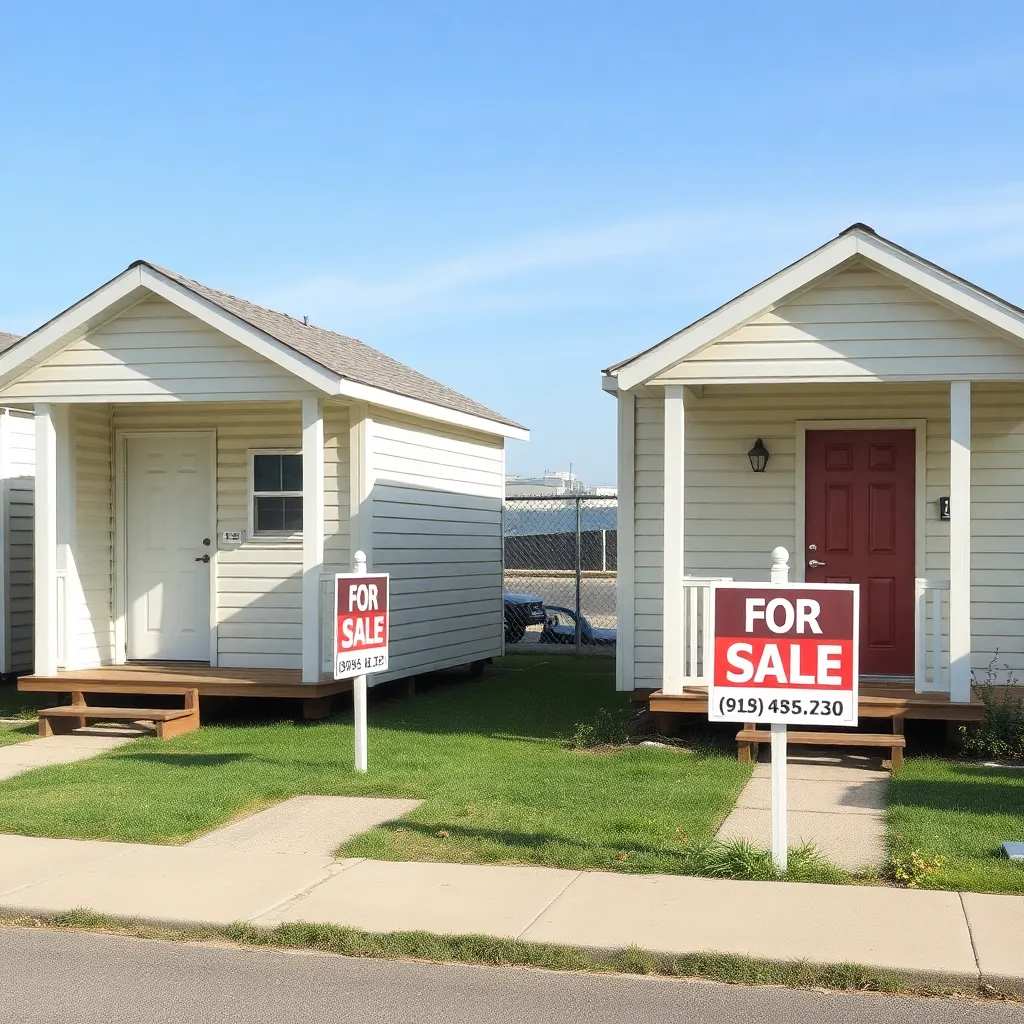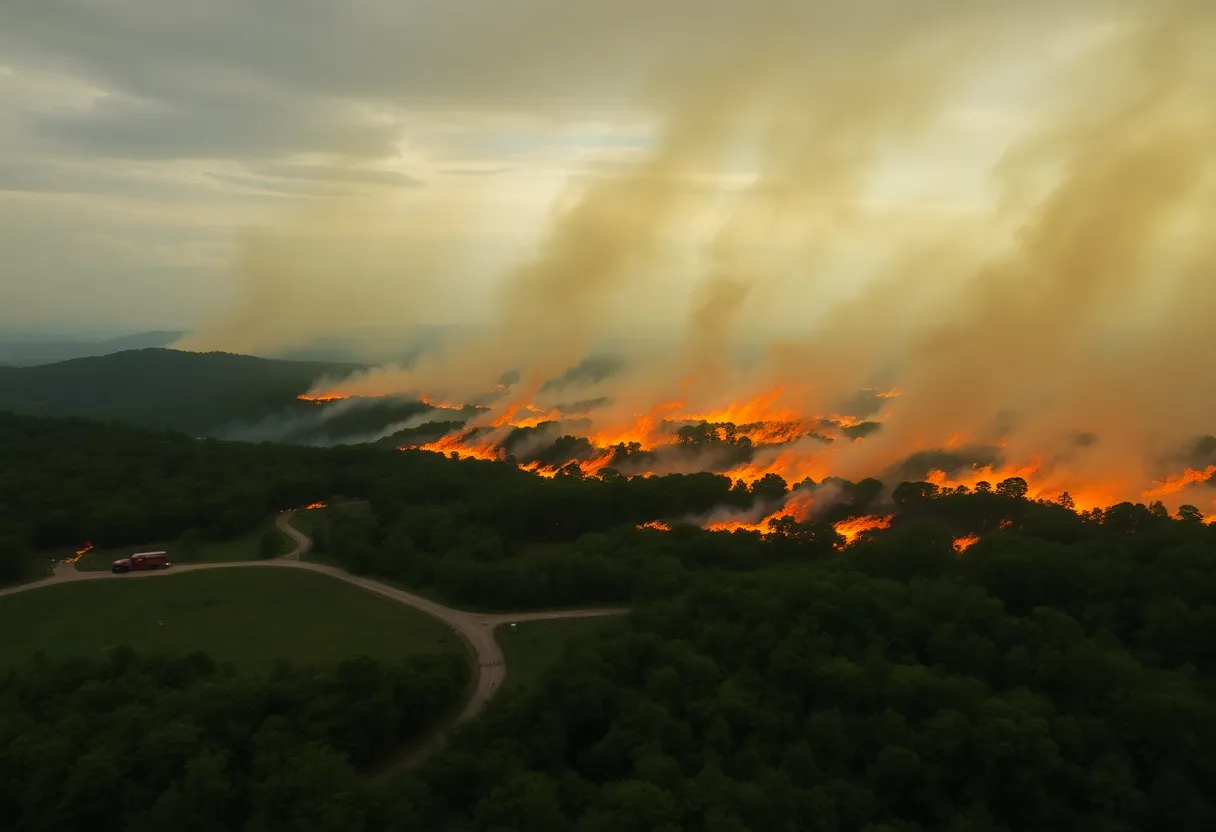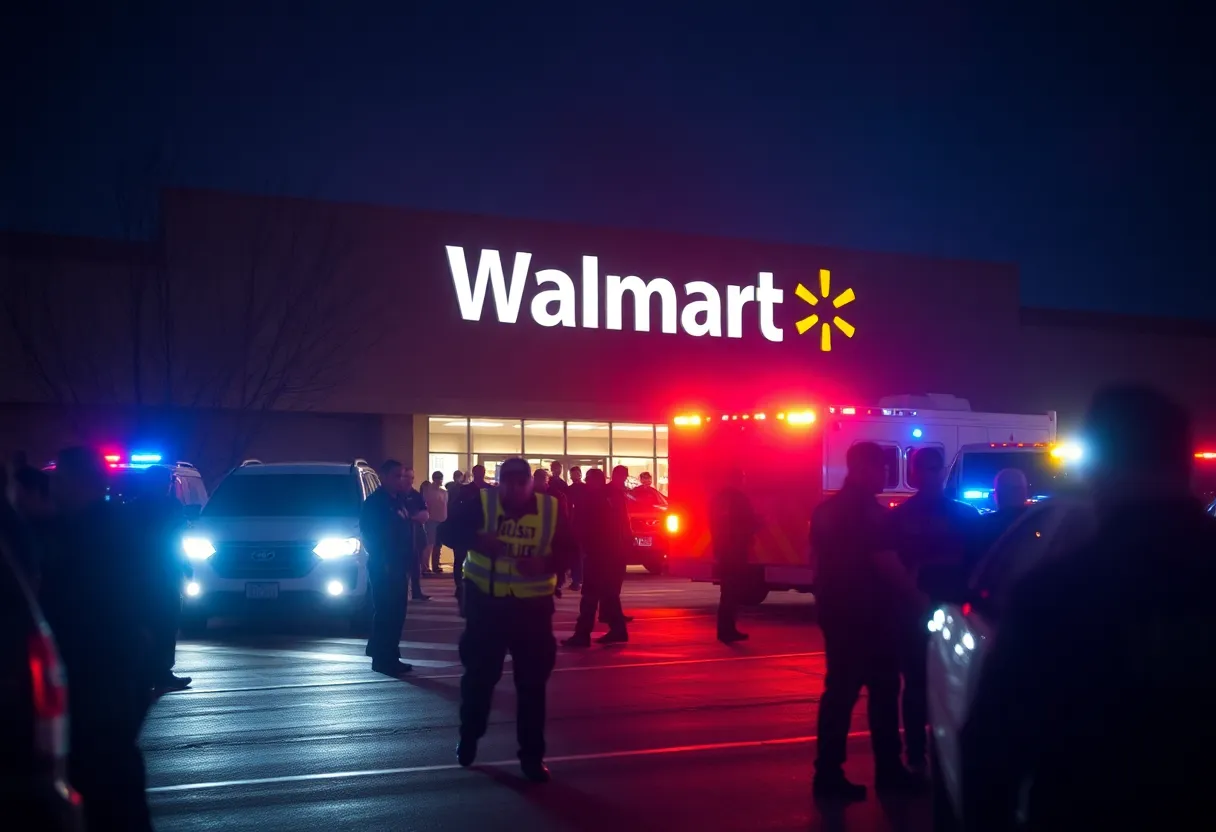Myrtle Beach’s Tiny Homes for Veterans Remain Empty Amid Permit Delays
It’s a beautiful sunny November day in Myrtle Beach, yet a strange atmosphere hangs over one new development dedicated to helping our heroes. Just a few weeks ago, there was joy and celebration at the grand opening of a charming community of tiny homes designed for unhoused veterans. But today, it feels eerily quiet. With black plastic shutters and floral curtains peeking through white blinds, these homes stand ready, yet completely empty—no veterans in sight.
The Ghost Town of Tiny Homes
It’s been nearly three years since this project kicked off back in January 2022. Excitement was in the air last winter when organizers confidently stated the homes would be ready “any day.” Despite the promise of soon-to-be residents, the tiny home community is currently a ghost town, complete with little baby Palmetto trees that have just begun to sprout their leaves. Driveways devoid of cars, front doors lacking any decorations—this new community feels like a scene straight out of a movie where life was supposed to happen, but didn’t.
What’s the Hold-up?
The folks behind this initiative, the Veterans Welcome Home & Resource Center, expressed hope for the project, which cost over $1 million. However, it turns out that a Certificate of Occupancy (CO) is what stands between these homes and the veterans who need them. The Communications Director for Myrtle Beach, Meredith Denari, shared with us that the homes haven’t received their CO because of a snag in the permitting process for the water and sewer systems.
Without this crucial permit, the tiny homes can’t legally welcome any residents. As Denari noted, “Right now, the CO has not been given because Public Works has not received the sewer operating permit from the state’s Department of Environmental Services.” With little other options, many people are left scratching their heads as to why this project is stalled.
Waiting on Testing
So, what happens next? According to Laura Renwick, a Public Information Officer from the South Carolina Department of Environmental Services, they are just waiting for the project’s engineer to submit the necessary tests. “Once the testing has been performed and the results are provided to SCDES, if the results meet the necessary standards, then we can begin issuing the final approvals for the sewer system and drinking water lines,” Renwick explained.
Let’s break this down: The CO process for tiny homes isn’t any different from the approval required for regular homes in Myrtle Beach. If the standards aren’t met or submitted plans aren’t followed, the city’s crew will inform the builders about what needs to be adjusted. If everything goes according to plan, these homes might soon become the cozy spots they were intended to be.
The City’s Commitment
City officials are clearly rooting for this project to succeed as the need for veterans’ housing is pressing. “The city wants this project to succeed for our veteran community in need,” Denari remarked in her correspondence. However, they also stress the importance of meeting safety standards and ensuring that the water and sewer systems function correctly before anyone can move in. “It’s crucial,” she added, highlighting the city’s supportive stance.
What’s Next for Myrtle Beach?
As this situation develops, one can only hope that the required tests are quickly conducted, and approvals issued—time is of the essence. With so many unhoused veterans in the community, these homes need to turn from a hopeful vision into a tangible reality. For now, Myrtle Beach eagerly awaits the day when these tiny homes transform from a quiet ghost town into a lively community bustling with the laughter, stories, and camaraderie of our veterans.







